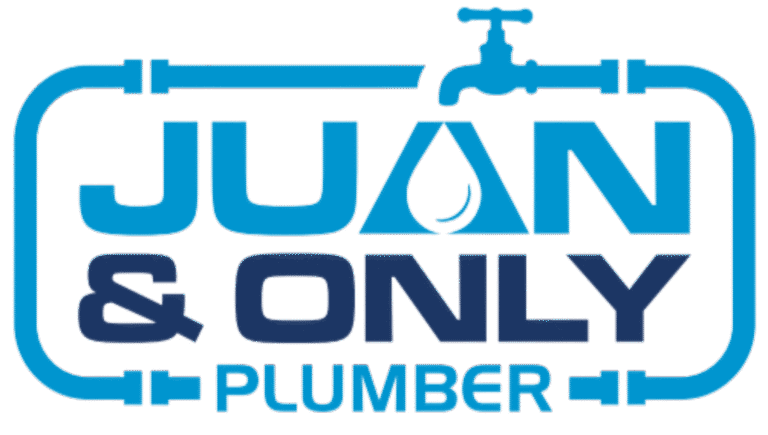Leaky pipes don’t just waste water—they quietly sabotage your home. From dripping faucets to hidden slab leaks, knowing how to respond fast (and effectively) is essential. Whether you’re tackling the issue yourself or calling in professionals like Juan and Only Plumbing, this guide breaks down the best leaky pipe repair solutions—short-term and long-term.
Table of Contents
-
Common Causes of Leaky Pipes
-
Warning Signs You Shouldn’t Ignore
-
Temporary Fixes That Can Buy You Time
-
Permanent Solutions from the Pros
-
Tools and Materials You’ll Need For Leaky Pipes
-
When to Call a Licensed Plumber
-
Preventing Leaky Pipes Before They Start
-
Final Thoughts: Choose the Right Fix
1. Common Causes of Leaky Pipes
Leaks don’t happen randomly. Most stem from one of these root issues:
-
Corrosion (especially in older galvanized or copper pipes)
-
High water pressure, which stresses joints and valves
-
Loose fittings or worn-out washers
-
Clogged lines causing pressure buildup
-
PRV valve failure (pressure-reducing valve) — a common culprit
-
Tree roots invading underground plumbing
Each of these can lead to minor drips or full-blown pipe bursts if ignored.
2. Warning Signs You Shouldn’t Ignore
Leaks aren’t always obvious. Look for:
-
Unexplained increase in your water bill
-
Mold or mildew smells
-
Water stains on walls or ceilings
-
Warped flooring or bubbling paint
-
The sound of running water when all taps are off
If you spot any of these, it’s time to act—fast.
3. Temporary Fixes That Can Buy You Time
While you wait for a pro, these DIY fixes help contain the damage:
Use Epoxy Putty or Repair Tape
Both products can seal a minor pipe crack for a few hours to a few days.
Tighten Loose Fittings
A basic wrench and some plumber’s tape can stop minor dripping in threaded joints.
Clamp and Patch
A rubber patch and hose clamp combo can hold back water until a permanent fix is in place.
These are great leaky pipe repair solutions in a pinch—but they’re not meant to last.
4. Permanent Solutions from the Pros
Temporary fixes stall the problem—but pros solve it for good. Here’s how:
Full Pipe Replacement (Repipe)
Essential when corrosion or age is the issue. Juan and Only Plumbing specializes in whole-home repiping.
Soldering Copper Pipes
Still the gold standard for long-term fixes on copper lines.
PVC or PEX Reconnect
Fast, affordable, and durable for modern homes.
If you need a toilet water valve or PRV valve replacement, don’t DIY. These require precision—and often permits.
5. Tools and Materials You’ll Need For Leaky Pipes
Thinking of a DIY attempt? You’ll need:
-
Adjustable wrench
-
Pipe cutter
-
Plumber’s tape
-
Replacement fittings
-
Epoxy putty or silicone tape
-
Flashlight and bucket (always)
Also good: Know how to turn off water to toilet and main valves. This guide from the EPA helps homeowners prep for leak week.
6. When to Call a Licensed Plumber
Here’s when it’s time to skip DIY and bring in a pro:
-
Leak is behind a wall or under the slab
-
You smell smelly garbage disposal backflow
-
You see water pooling near the foundation
-
You need a water main shut off valve at street inspected
-
Your attempts didn’t stop the leak after 24 hours
Plumbers have tools like thermal imaging, leak detection gear, and decades of experience.
7. Preventing Leaky Pipes Before They Start
An ounce of prevention is cheaper than a flooded bathroom. Do this:
Monitor Water Pressure
Use a gauge. If it’s above 80 psi, have a PRV valve installed or serviced.
Insulate Pipes in Cold Areas
Freezing and thawing = cracks.
Regularly Inspect Fittings
Especially under sinks, around toilets, and outdoor spigots.
Install Leak Detectors
These Wi-Fi sensors can alert you to moisture fast—before it gets worse.
Need a plumbing checkup? Juan and Only Plumbing offers affordable preventative inspections.
8. Final Thoughts: Choose the Right Fix
Leaks are inevitable—but water damage isn’t. With fast action and the right mix of leaky pipe repair solutions, you can save time, money, and stress.
Whether it’s a temporary patch or full repipe, knowing what to do—and when to call in experts—makes all the difference.
For dependable plumbing in your area, contact Juan and Only Plumbing today.
